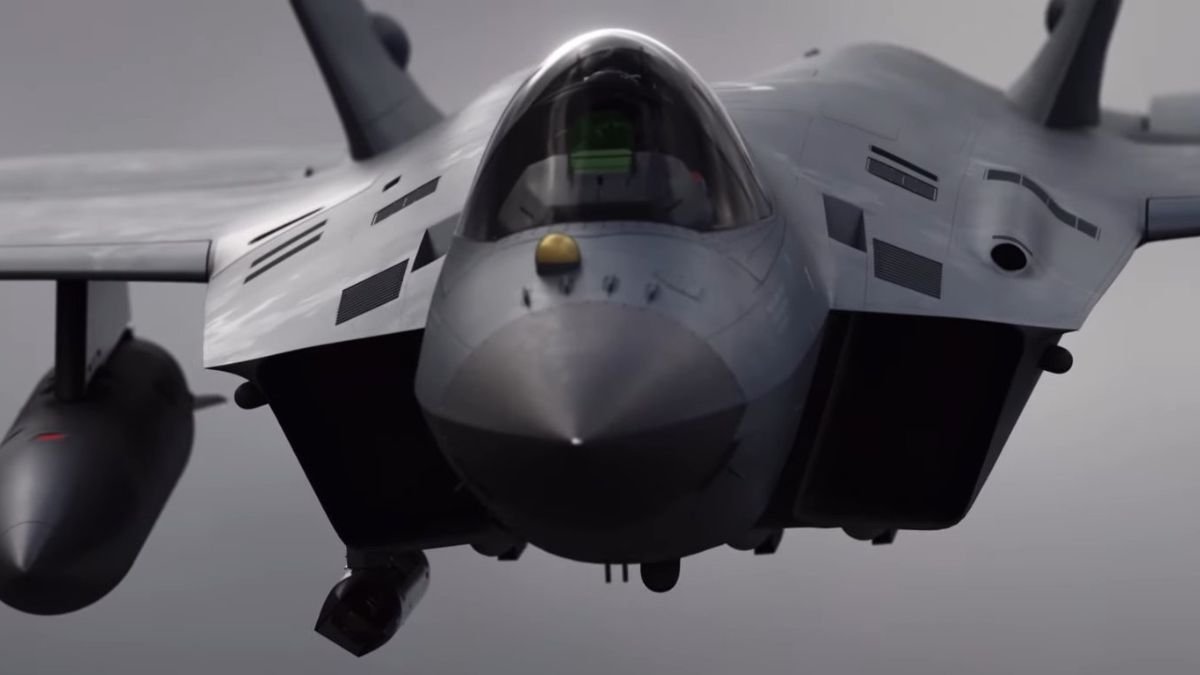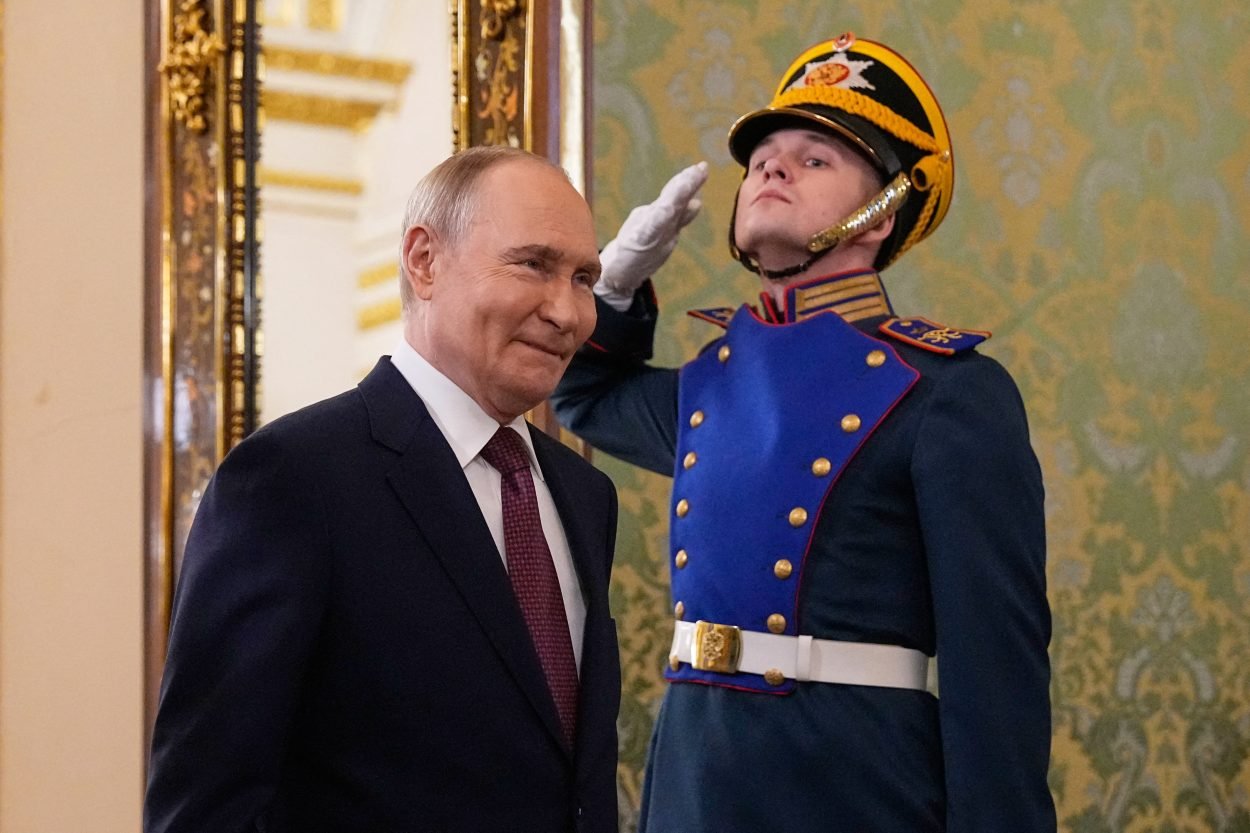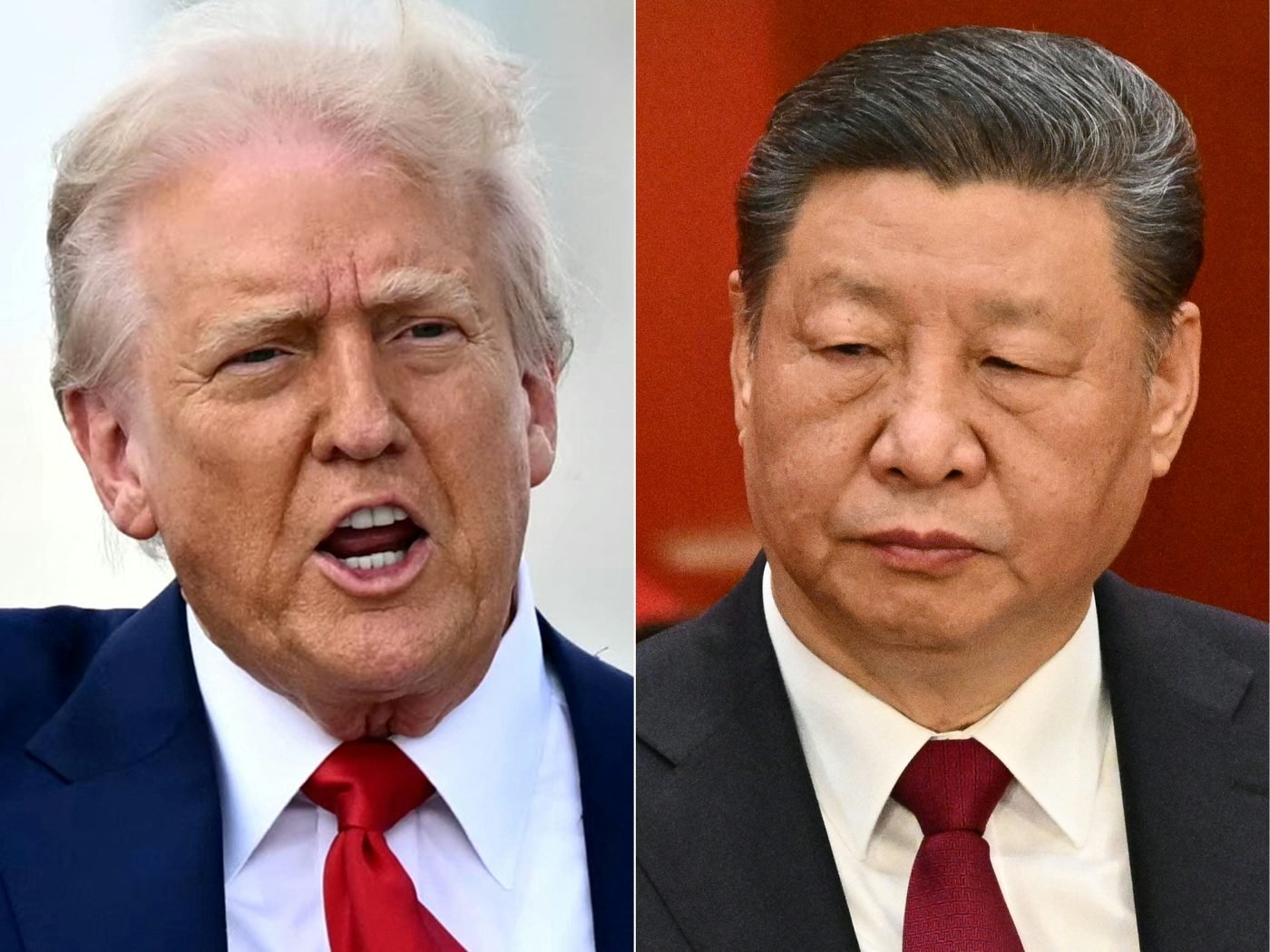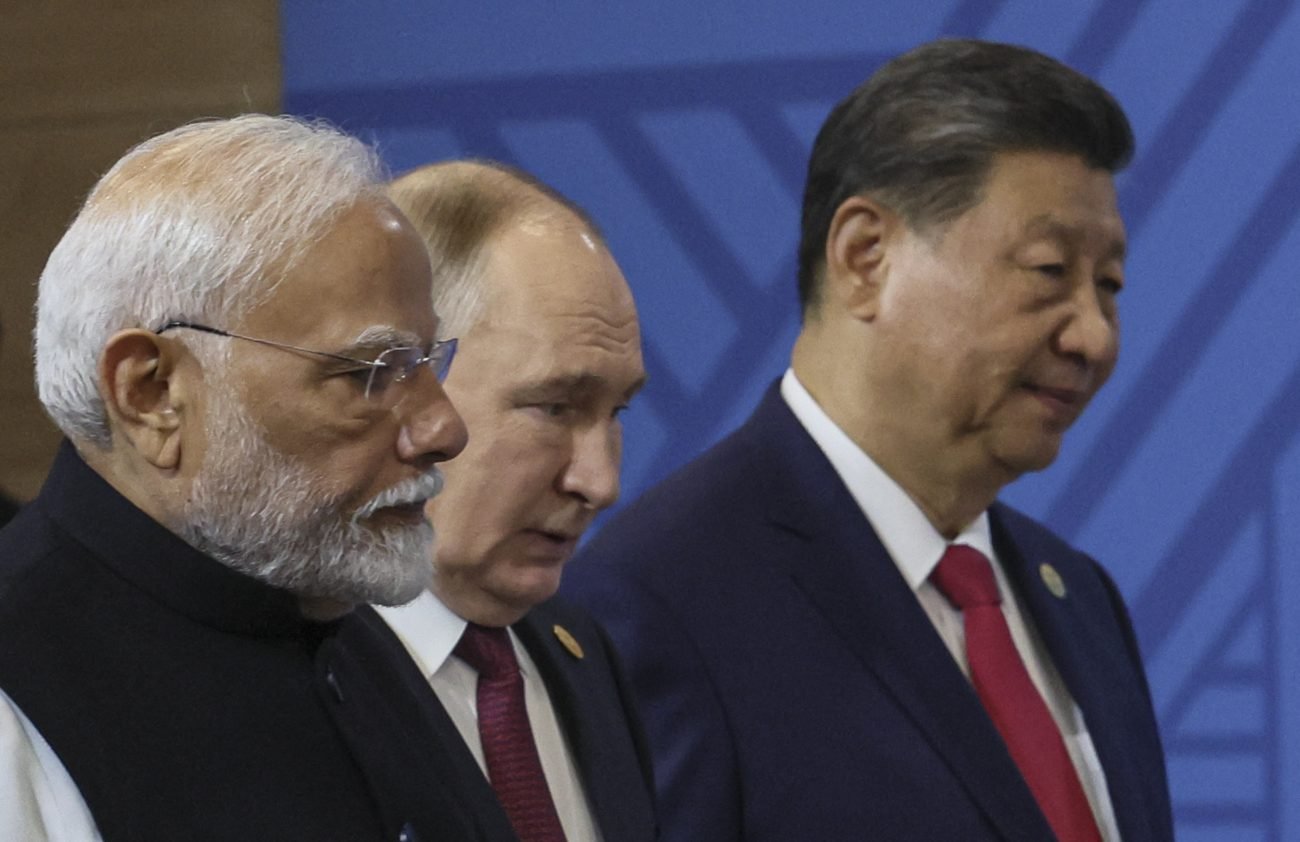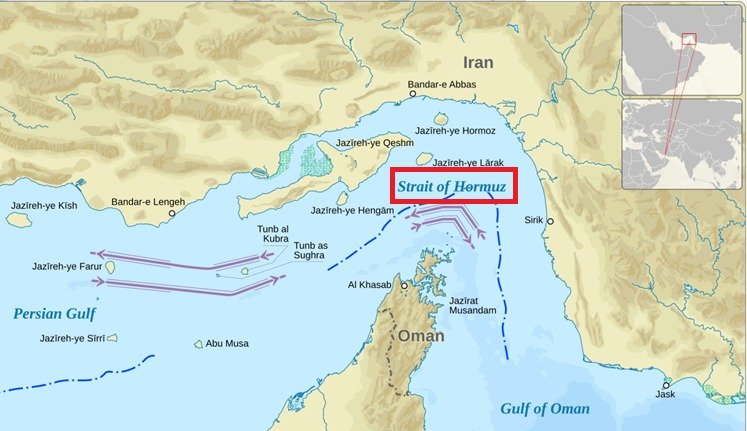Europe is going through a pivotal moment. On one side, Europe is increasing its military spending to boost its defense preparedness. Simultaneously, Europe is also attempting to reduce its reliance on the US for critical defense systems, including fighter jets.
These twin objectives of growing military budgets and desperate efforts to scout for alternatives to American combat aircraft have opened avenues for various fighter jet manufacturers, who see a once-in-a-lifetime opportunity to penetrate the lucrative European fighter aircraft market.
Leading these efforts is France and its Dassault Aviation. During the Paris Air Show, Dassault was present in full force, with French President Emmanuel Macron promoting the Rafale in the name of Europe’s strategic autonomy and self-reliance.
Also present at the Paris Air Show were China’s National Aero-Technology Import & Export Corporation and South Korea’s Korea Aerospace Industries (KAI).
China presented its flagship scale models of the J-20 and J-35A, two fifth-generation aircraft, as well as the J-10CE, a 4.5-generation fighter jet, recently in the news following the India-Pakistan air clash in May.
South Korea presented its FA-50 light combat aircraft and its latest 4.5-generation KF-21 Boramae.
Together, these two Asian countries presented strong alternatives to both American and European fighter jets, opening a wholly new and unexpected front.
The Lucrative European Defense Market
Russia’s war in Ukraine has given Europe a rude awakening from its decades-long slumber. Furthermore, the Trump administration’s efforts to shift the American strategic focus away from Europe towards the Asia-Pacific have prompted Europe to scramble for quick fixes to its defense preparedness.
In March, the European Union announced the ReArm Europe Plan/Readiness 2030 plan, to mobilise up to €800 billion (US$872 billion) to boost defence funding.
Additionally, ahead of the NATO summit on June 25, the NATO-member countries, including its 30 European partners, have agreed to increase their defense spending target to 5% of the gross domestic product.
A big chunk of this defense budget will be spent on buying new fighter aircraft. Countries like Poland, Portugal, Spain, and Italy are already exploring options to buy new fighter jets, to name just a few.
Despite skepticism about American reliability, the Lockheed Martin F-35 remains the strongest contender in the fray. After the F-35 comes the French Rafale; their biggest strength is the NATO clause on maintaining interoperability. The F-35 is already operated/or will be operated by 13 European countries.
Besides, apart from France itself, three European countries —Greece, Croatia, and Serbia —are using or will use Rafale combat jets.
However, the Chinese and Korean fighter jets are knocking at the doors of Europe.
No Buyers For China’s ‘Rafale Killer’ Jets
In the recent India-Pakistan air combat in May, Islamabad claimed to have shot down three Indian Rafale fighter jets. India has accepted combat losses but has not provided any further details on the number or type of aircraft lost.
China is showcasing its 4.5-generation J-10CE aircraft at the Pris Air Show. Beijing believes that the splendid performance of its J-10 in the India-Pakistan clash heralds the arrival of Chinese combat aviation.

Chinese experts say that it shows that Chinese fighter jets have bridged the technology gap with the West. Besides, China is also showcasing its two fifth-generation aircraft; the J-20 air superiority fighter and the multirole combat aircraft J-35.
Notably, no European country has yet fielded a fifth-generation aircraft. Meanwhile, China is also testing its two new sixth-generation jets, tentatively named J-36 and J-50, widening its technological lead over Europe in combat aviation.
However, despite this technological lead and its proven combat effectiveness, Chinese jets are unlikely to find many buyers in Europe. And the reasons are neither performance-related nor technology-induced; instead, the reasons are political.
Fighter jet deals are as much about performance and technology as they are about geopolitical partnership. Within Europe, China is widely seen not as a partner, but instead as a strategic competitor.
“Fighter jet contracts are also political decisions, and for those countries who are reluctant to buy from strategic competitors like the US and China, the Rafale will remain a good choice,” Liselotte Odgaard, a senior fellow at the Hudson Institute in Washington and professor at the Norwegian Institute for Defense Studies, told the South China Monrning Post (SCMP).
“France has done an excellent job of combining its political-strategic partnerships around the world to sell military equipment such as the fighter jet,” Odgaard added.
Timothy Heath, a senior international defense researcher at the US-based Rand Corporation, agreed, saying the Indian-Pakistan clash was “unlikely to profoundly change the market for the aeroplanes”.
Heath told the SCMP that the Rafale had a “proven and long operational history,” and Europe had a “general distrust” of China and close ties with the US.
“The Rafale will likely continue to have a good market in Europe and countries around the world who prefer to remain close to the West or do not trust China,” he said.
Odgaard agreed, saying that despite growing scepticism towards the US and its reliability as an ally, a Chinese fighter jet “would not be a good choice” for the European countries who were dependent on the US for their security.
However, South Korea, China’s neighbor and US ally in the Indo-Pacific, has none of this political baggage.
Can Korea Succeed Where China Is Failing?
The Korea Aerospace Industries (KAI) presented its FA-50 light combat aircraft and its latest, 4.5-generation KF-21 aircraft.
Notably, in addition to land-based weapons, South Korea has exported its FA-50 light combat aircraft to Poland and is looking to expand into other parts of Europe with a 4.5-generation fighter jet, the KF-21.
The Korean K-9 Thunder howitzers are already a big success in Europe, with many countries placing massive orders. Countries like Poland, Finland, Norway, Estonia, and Romania have ordered these self-propelled howitzers. Now, Korea is trying to break into the combat aircraft market.

“South Korea is perhaps the most important competitor for European defence makers due to the fact that they sell to the same types of countries – nations that lack close alliance relationships with the US and could thus buy US aircraft but are too distrusting of China to buy Chinese aircraft,” Heath said.
“We have already exported to Poland, and we are marketing to them again for their transition to the KF-21. We are also actively working with various countries in Eastern Europe, such as Slovakia, Slovenia, Romania, and Bulgaria, by proposing industrial cooperation,” Shin Dong-hak, vice-president of international business development at KAI, told the SCMP.
“We will use the advantage in the price competitiveness of our fighter jets, which are more cost-effective than other aircraft in comparison to their characteristics and potential, and promote them attractively by diversifying options such as technology transfer and local production that other competitors cannot do,” Shin Dong-hak added.
Meanwhile, South Korea is set to become the latest country to develop a sixth-generation fighter jet.
Shin Dong-hak told SCMP in an interview during the Paris Air Show that the technology it was showcasing at the event – including 4.5-generation fighters and unmanned aerial vehicles – would “ultimately” become “key elements” of the switch to sixth-generation fighters.
Commenting on South Korea’s potential to succeed in the European defense market, Odgaard said: “I think [South Korea] will continue to sell well in Europe, but they will also start to look for partnerships with European defense companies, so Europe can also benefit from South Korea’s focus on the European market. They are politically acceptable in contrast to the Chinese arms producers.”
At this juncture, this lack of political baggage appears to be Korea’s biggest advantage.
- Sumit Ahlawat has over a decade of experience in news media. He has worked with Press Trust of India, Times Now, Zee News, Economic Times, and Microsoft News. He holds a Master’s Degree in International Media and Modern History from The University of Sheffield, UK.
- He can be reached at ahlawat.sumit85 (at) gmail.com
